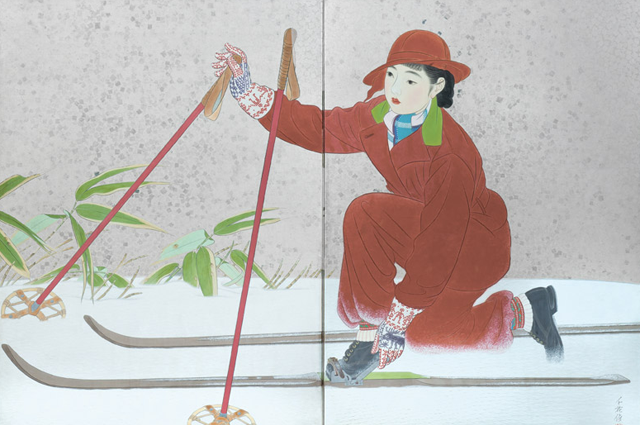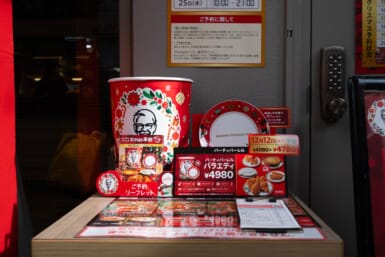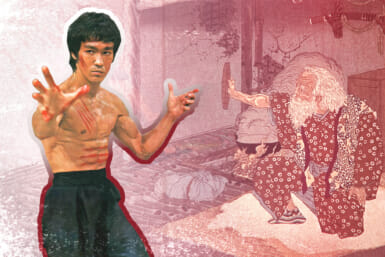Little is known about the jazz age that took over Japan at the turn of the twentieth century, a fleeting era that infused Japanese art culture with the exhilarating modernization that defined those roaring decades.
It was a time of social deconstruction, as well as artistic and cultural dynamism that came with the popularity of jazz in the west, and which seemed a world away from the far east.
But Japan did not escape that epic era of contradictions, a lost time being brought to life by the Columbia Museum of Art.
The “Japan and Jazz Age”, which opened February 7, tells the story of “the astonishing innovation that can result from a clash between the old and the new.”
The exhibit features works of Japanese artists portraying the vast contradictions of the era: geisha become cigarette-fondling flappers; ancient origami cranes turn into sleek, gold statuettes: kimono morph into emblems of fashion chic.
“It was all pretty revolutionary for a traditionally Japanese culture who, only 20 years before, had been shut off from the rest of the world,” said Dickson Monk, the Columbia Museum of Art’s communications manager. “Before, it had mostly been them exporting their traditional culture.
“What is really interesting is the way these artists retained traditional Japanese culture… but changed it into a Western art deco style,” Monk said.
The collection of more than 120 pieces created in the Art Deco style—including kimonos, furniture, sculpture and ephemera such as sheet music, posters and photography—will be showcased from February 7 through April 20, 2014.
“We think of the 20s and 30s and you think of the Jazz Age,” Monk said. “You think of New York City. You think of Paris. You think of the West. You don’t really think about this happening in Japan.”
The exhibition is drawn from The Levenson Collection—one of the world’s premier collections of Japanese art in the Art Deco style—and is organized and circulated by Art Services International, Alexandria, Virginia, under the title DECO JAPAN: Shaping Art and Culture, 1920–1945.
By Maesie Bertumen
Image: Columbia Museum of Art








_KRAACH-クリスタルバスソルト-385x257.jpg)
